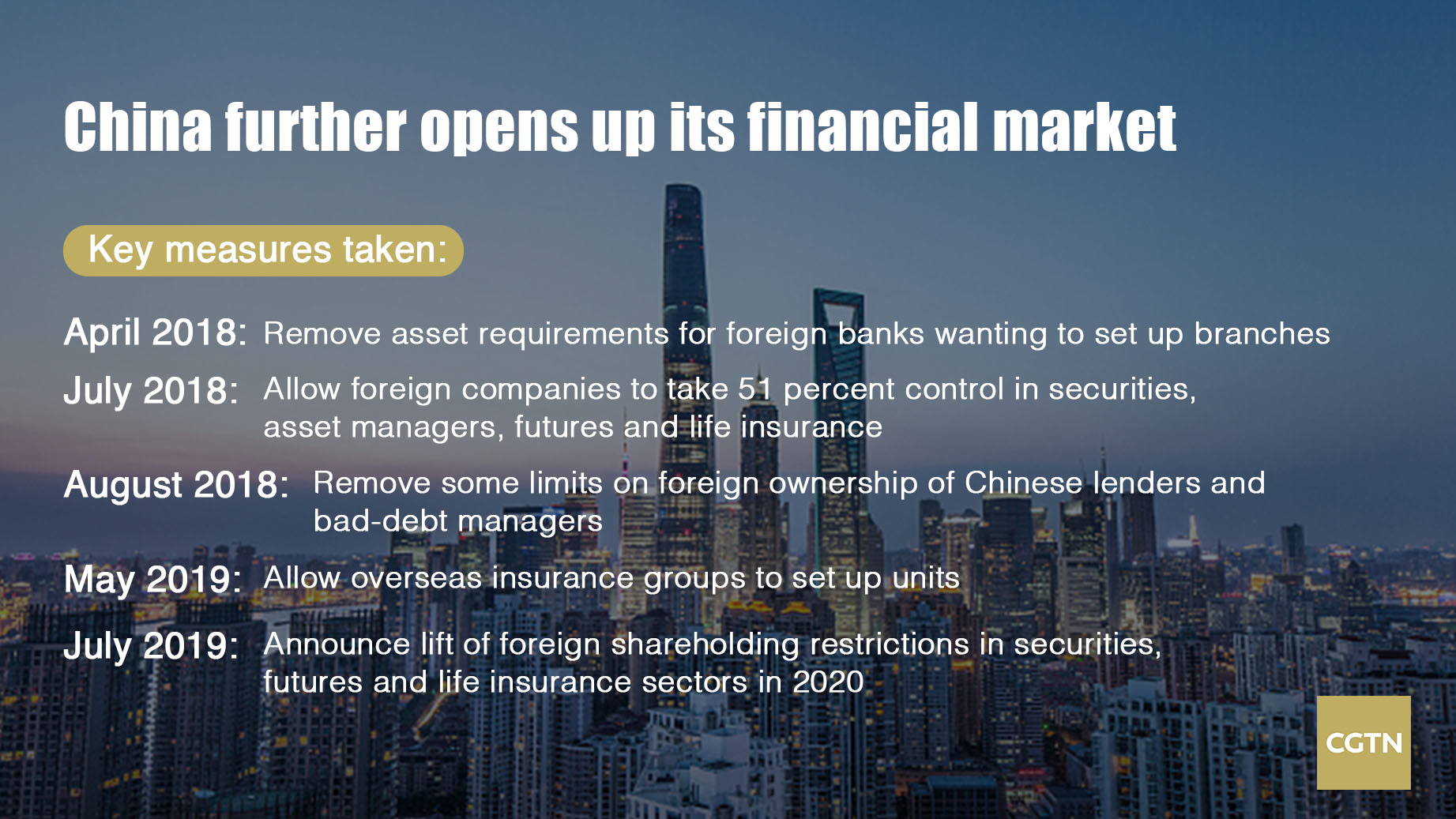Friends, buckle up! Beijing just dropped the 2025 Negative List for Market Access, and it’s a mixed bag – a decidedly interesting one. This isn’t just shuffling papers; it’s a signal about where China sees its economic future. They’ve slashed the number of restricted sectors from 117 to 106, streamlining access for businesses. Frankly, it’s about time!

Photo source:www.pm360online.com
We’re seeing a move towards ‘loose access, strict regulation,’ or “宽准入,强监管” as they say in China. Think less red tape, but zero tolerance for things they deem risky. The latest list reflects this perfectly. Eight nationwide licensing restrictions have been eliminated. We’re talking things like seal-making shifting to a simpler registration system and computer security product sales moving to standardized certification. This is about fostering innovation, folks, but not a free-for-all.
Now, let’s get into the important stuff. What’s on the list?
This is where it gets real. Unmanned aerial vehicle (UAV) operations – drones, in other words – are firmly in the negative list. Someone’s worried about airspace, and rightfully so! And get this: e-cigarettes and new tobacco products are also explicitly included. China is taking a hard stance on new nicotine delivery systems.
Quick Knowledge Boost:
A ‘Negative List’ specifies what industries aren’t open to foreign or domestic investment, unlike a ‘Positive List’ which states what is allowed. This approach is gaining popularity globally.
Further, the Negative List demonstrates a pragmatic approach to regulating emerging industries. It’s about managing risk while allowing innovation.
These regulations aren’t arbitrary. They are designed to maintain social stability and public safety in rapidly evolving sectors.
Ultimately, this list isn’t just about business; it’s about control. Beijing wants to encourage competition, but on their terms. Expect changes as the landscape shifts. Don’t just watch. Analyze, adapt, and profit!






